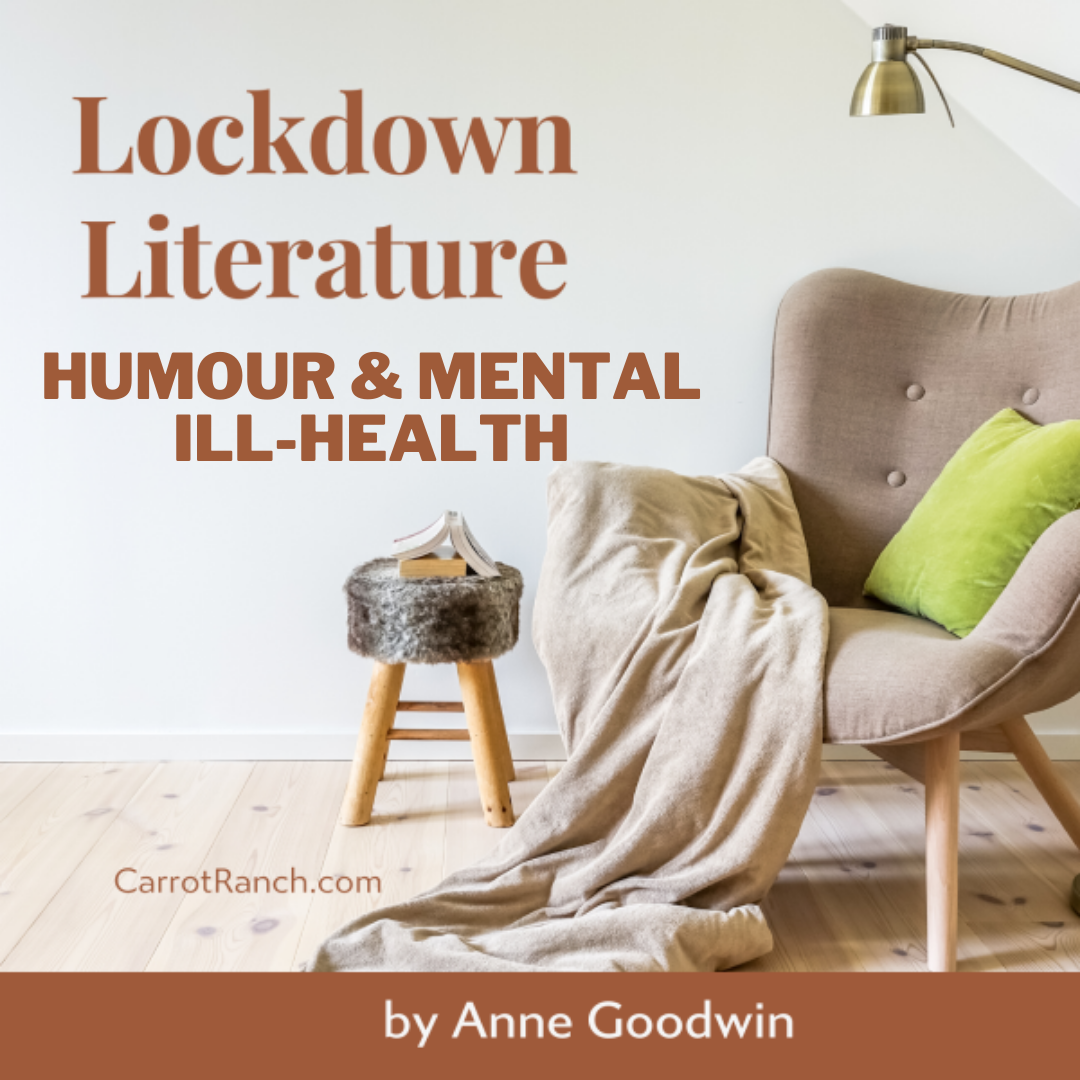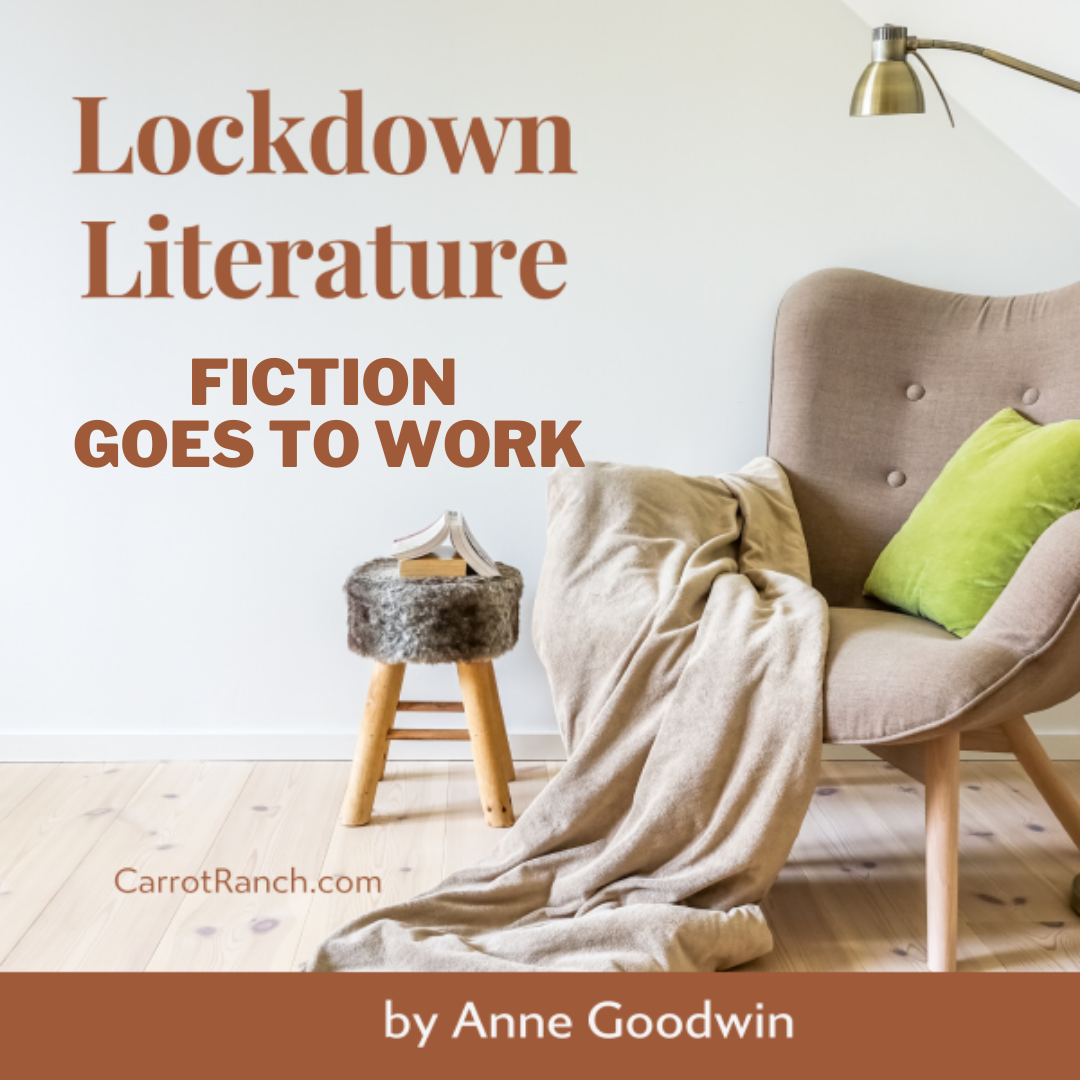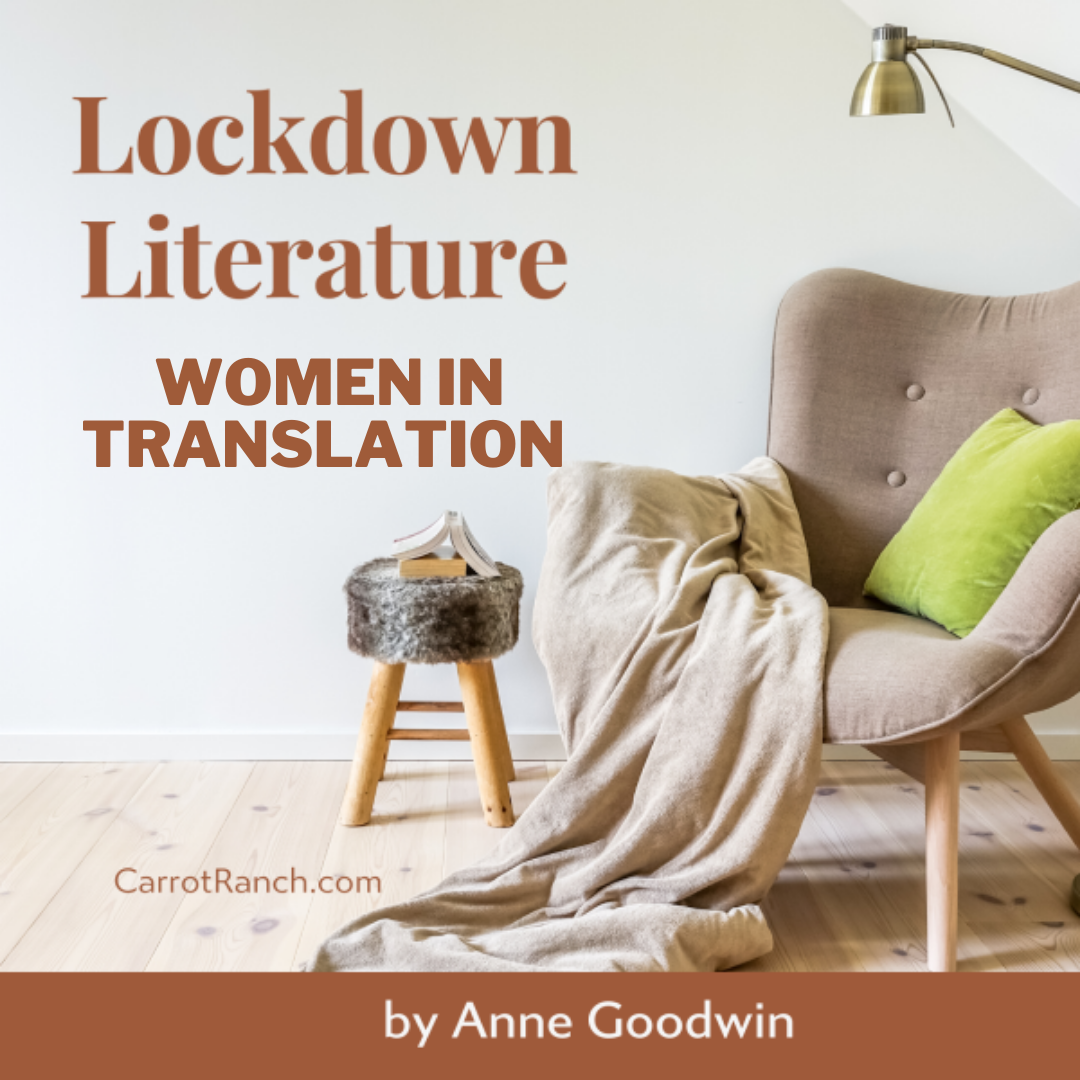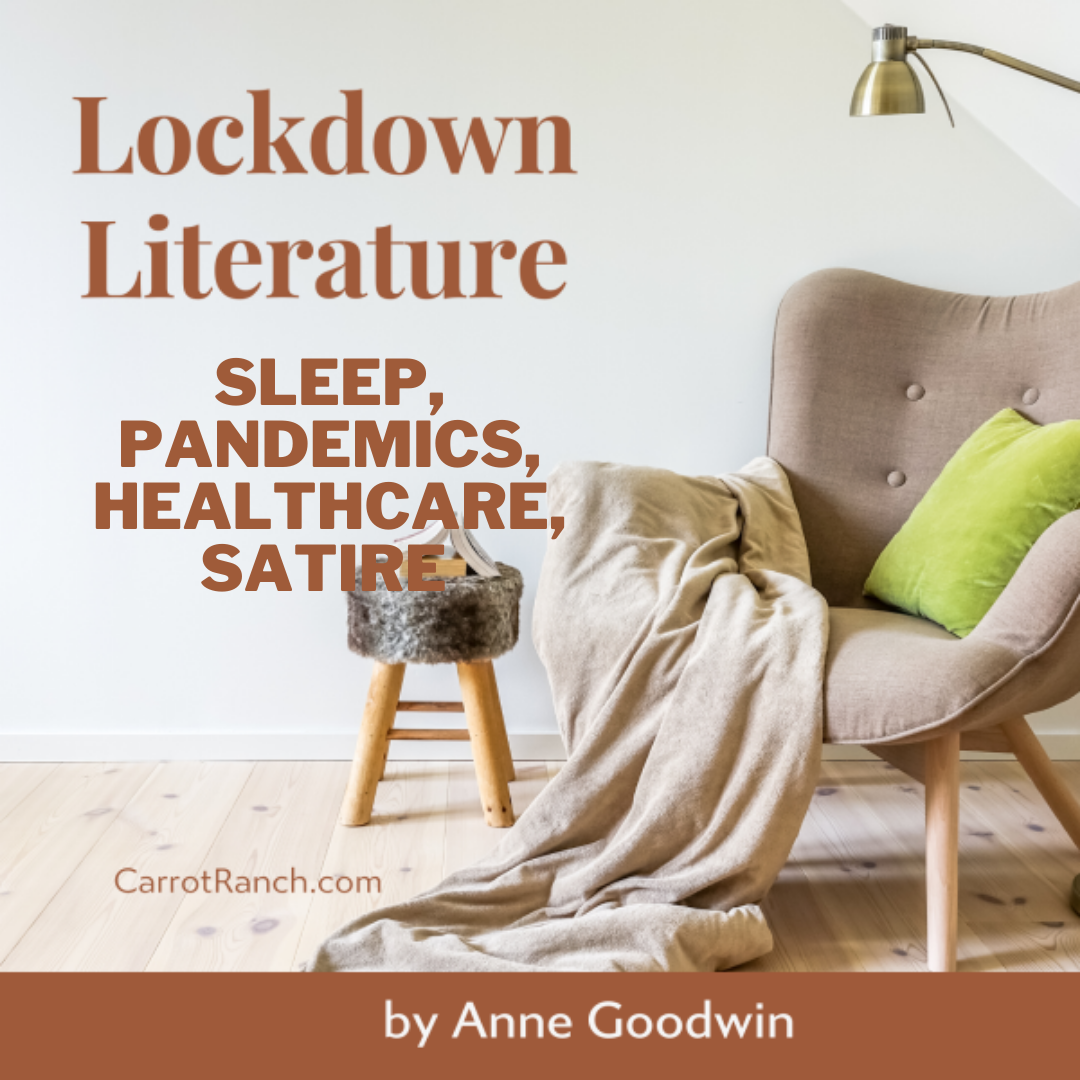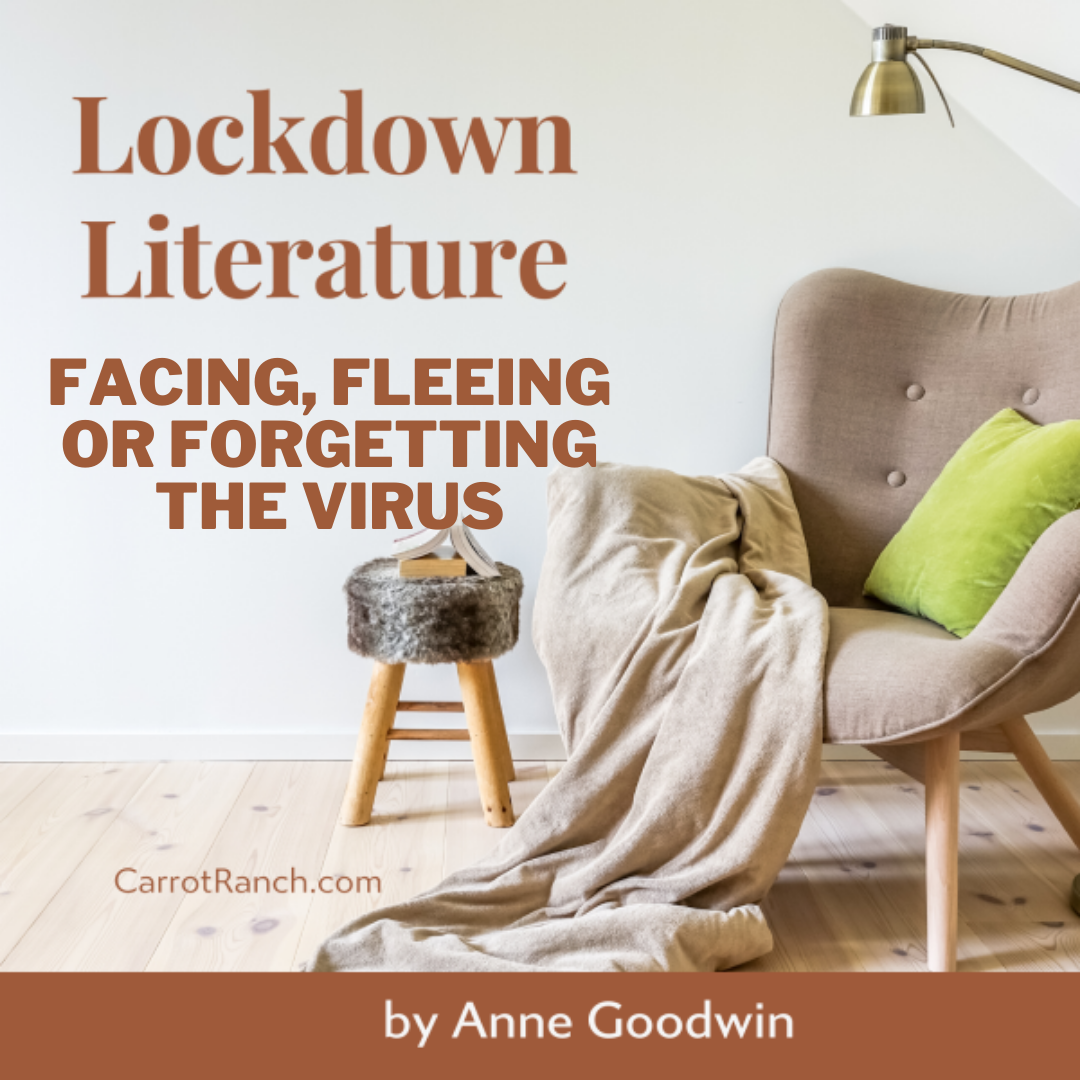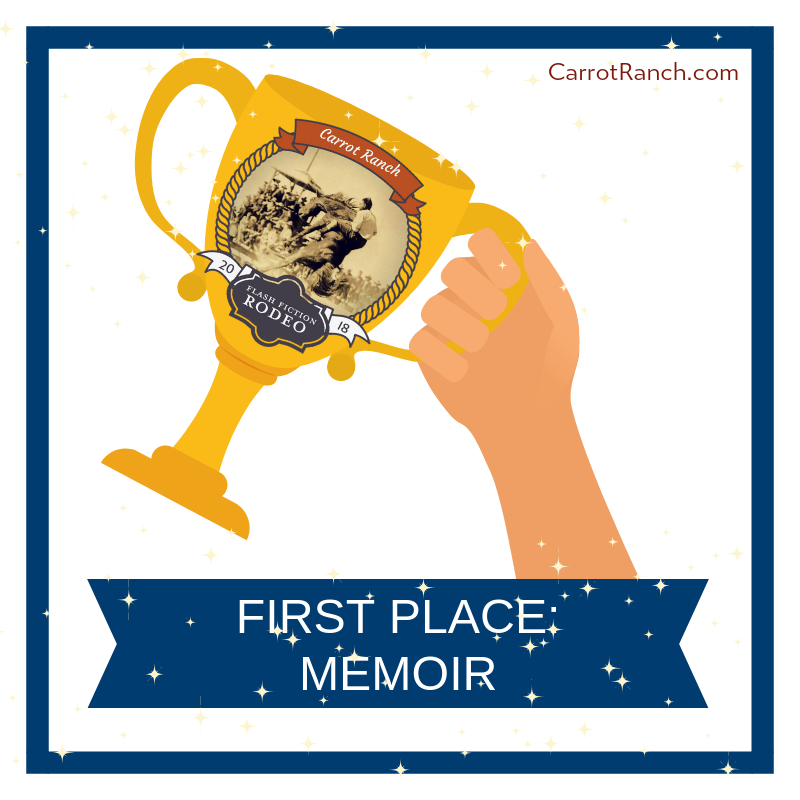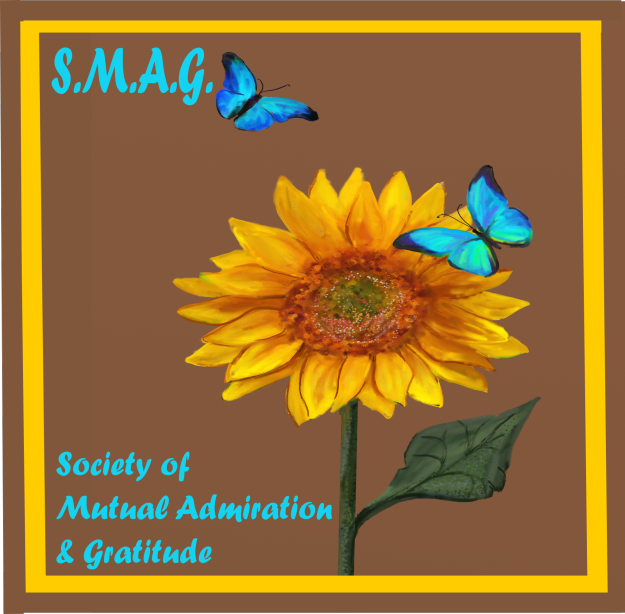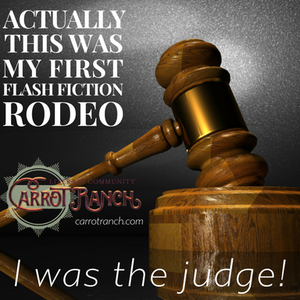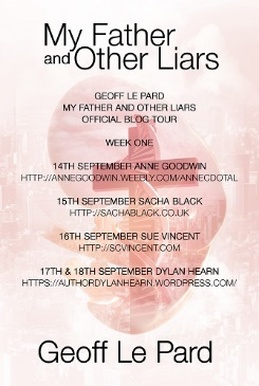
Although the course was on second drafts, he and I were in the minority in having actually completed our first. Lugging my box-file of assorted papers down to the classroom/diningroom on the first morning, I found Geoff thumbing through a spiral-bound A5 book, I gormlessly asked if that was his novel, trying to keep the envy out of my voice. One of them, he quipped. I’m not sure how I coped with the discovery that he had four first drafts completed at that point, but I did get to read each of them in those early stages, so it’s wonderful to witness their gradual emergence into the world as bone fide books.
Given my own interest in fictional research, I was curious to learn more about Geoff’s experience of writing a thriller about the controversial issue of embryo research. I hope you enjoy his account as much as I do.
Sadly, embryonic stem cell research is completely legal in this country and has been going on at universities and research facilities for years. Mike Pence
These two quotes encapsulate a dilemma that I explore in my new novel My Father and Other Liars.
At the centre of my book is the fictitious Church of Science and Development, a Christian sect, founded by Joseph Beaumont. I will tell you more about the Church when I visit Hugh Roberts a week on Thursday. Briefly let me tell you that the Church’s theology sees the Bible as a work in progress. In Chapter One Maurice Oldham, one of the main protagonists, is given some materials that explain some of that philosophy.
However, for the ProLife movement and for fundamentalist Christians, the use of fertilised eggs is abhorrent. They argue that life is created on fertilisation so to use these embryos, to blast the nucleus and create pluripotent stems cells, is murder.
Pluripotent means, in essence and over simplifying, ‘clean’ stem cells. They have no one person’s genetic code buried within. Stem cells are self-replicating – we need blood to be replaced and stem cells do this. If you create blanks – neutral stem cells – then you can grow new cells for anyone. Skin, an ear, new blood, even new organs eventually. However if you create stem cells from, say, skin – which is perfectly possible – these will contain the code of the person whose skin you use with all the issues around rejection that you see with organ transplants. Hence why embryonic stem cells are used in research.
Since this area of research boomed a decade or so ago, the opportunities to find the source of common diseases, to find cures has been at the heart of genetic research. But the costs are such that few private sector establishments can afford the expense of pure or theoretical research. Government, in the US federal, money is needed. So a tug of war has ensued between those wanting to continue the research with whatever tools are available and those wanting to curtail the use of embryos for ethical and religious reasons.
As a concession to the Prolife camp, it has become a commonplace that you don’t just fertilize human eggs for research. Rather those left over from IVF (another hot potato area) are utilised. But even so, those, for whom the whole thing stinks, remain suspicious. For one thing fertilised human embryos keep on giving – like a ginger beer plant, or a yoghurt so those against the use say those already created should be the only source, if they are to be used at all. Under Clinton Federal money and grants to encourage this research grew. Under Bush the money shrivelled and rather was re-targeted at research to develop the pluripotent stem cells either from other cells or artificially. Recently some Japanese scientists created a theoretical pluripotent set of stem cells from skin. But it’s not yet viable and the replication is uncertain. Or it was when I last looked; this area moves ahead rapidly.
As you will understand, this area encompasses complicated science, a political minefield and is ripe for abuse. In my book the Federal Agency charged with funding research – another made up institution, just like the Church – the Medical Research Funding Bureau – suspects a misuse of the grants given to the Genetics team. Careers depend on getting the right answer and quickly. The Church’s reputation in evangelical circles is difficult enough but if its own science faculty is misusing embryos, those jealous of its success in raising funds will have a field day. And a devout Christian such as Lori Ann who sees the human benefits, none the less has doubts as to the ethics of continuing to use human embryos; it is, in part, because of those doubts that she and Maurice Oldham find themselves thrown together.
I have had two challenges with this element of the story: to make sure the science is coherent and correct; and to ensure it remains a readable story notwithstanding the need to explain the science to the reader. I’ve read a lot about it. I used, as beta readers, two Oxford Biology graduates who have given the science a pretty decent thumbs up. Writing it, I was conscious that some new piece of research could well change things, undermine some of the story lines. One day this issue of the illegal or misuse of human embryos will be irrelevant. So the book is of its time. But so far, it remains valid. And very current.
It is, to many people a very potent topic. I have sought to give both sides of the argument a fair crack. I’ll end with another quote:
If your neighbor has a completely different view on abortion, gay marriage, stem cell research, all of those things, you still are both Americans. Neither one of you is necessarily more patriotic than the other. Neither loves their country any more than the other one does. Phil McGraw
I hope I have reflected that.
His first book, Dead Flies and Sherry Trifle can be found here: Amazon.co.uk Amazon.com
Geoff Le Pard started writing to entertain in 2006. He hasn’t left his keyboard since. When he’s not churning out novels he writes some maudlin self-indulgent poetry and blogs at geofflepard.com. He walks the dog for mutual inspiration and most of his best ideas come out of these strolls.
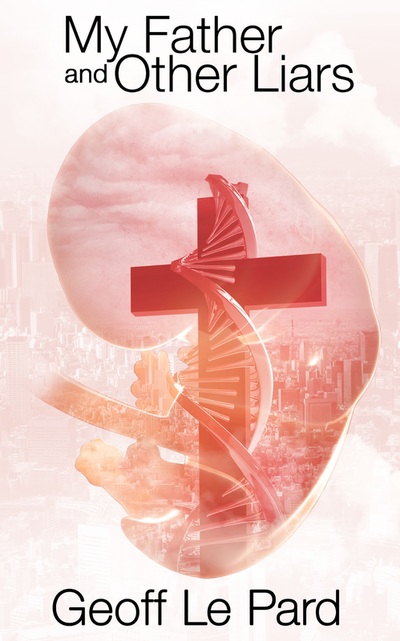
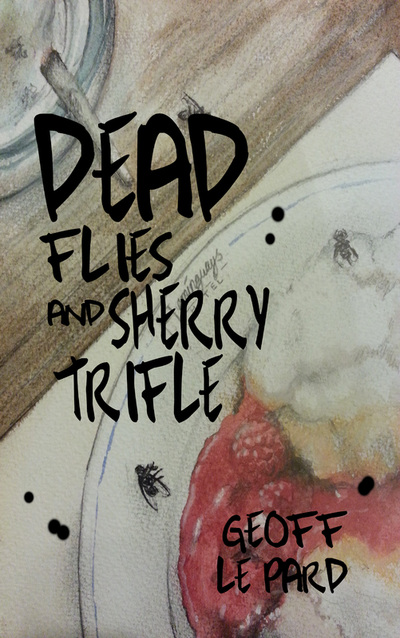
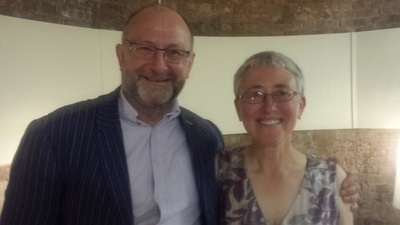

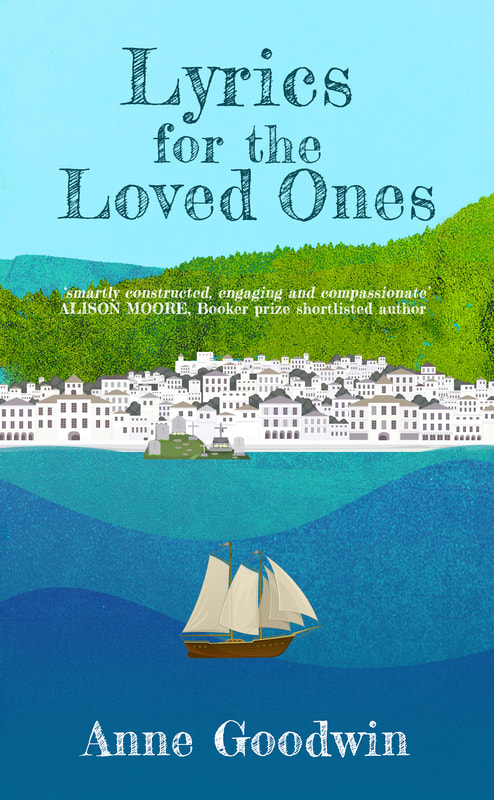
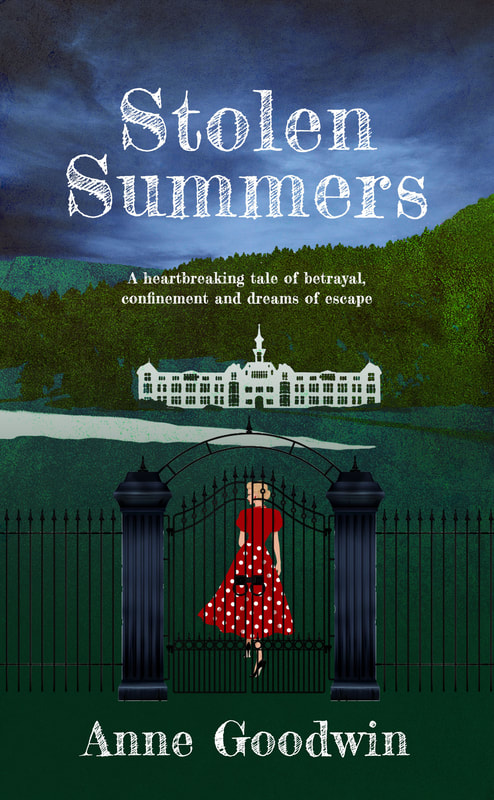



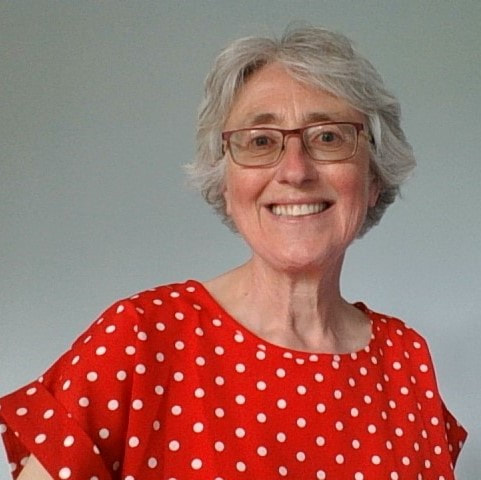


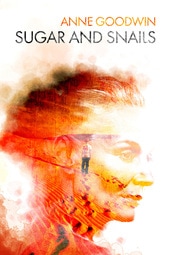


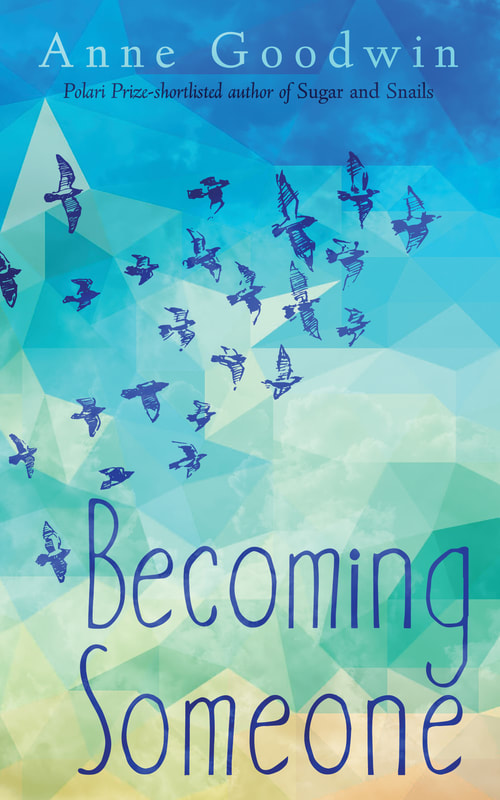






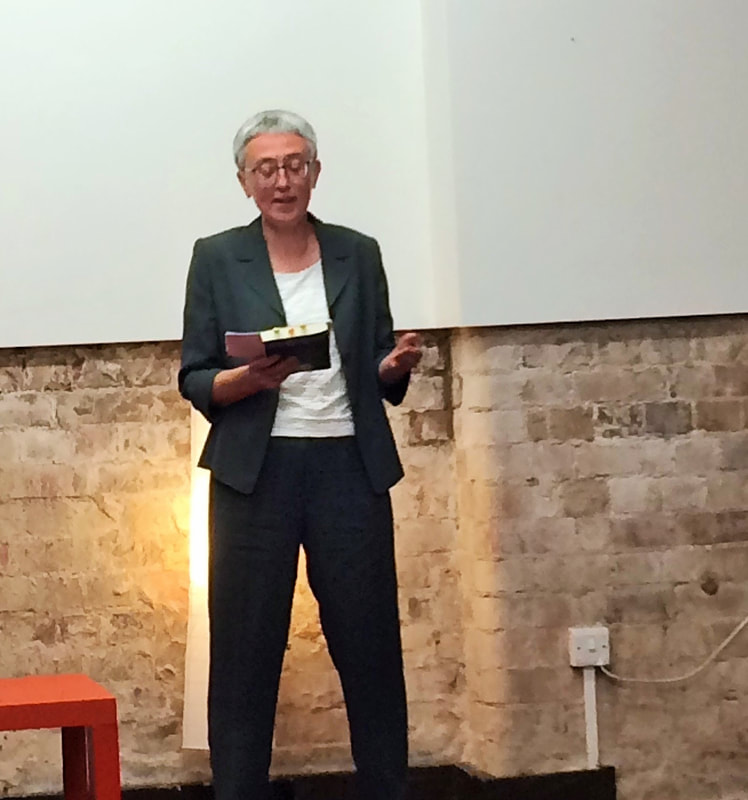
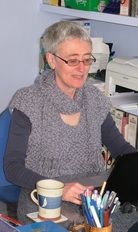
 RSS Feed
RSS Feed




